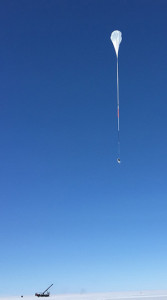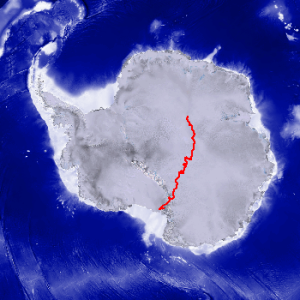A balloon-borne telescope was launched to the edge of Earth’s atmosphere on January 1, traveling on a 20-day mission from Antarctica.
The onboard payload was SPIDER, a telescope designed to investigate the origin of the universe.
Nudged along by circumpolar winds, the balloon will carry SPIDER at an altitude of roughly 120,000 feet while the instrument’s six cameras search for faint remnants of gravitational waves left over from the Big Bang during a rapid-expansion process known as inflation.
Once SPIDER floats back to Earth in early January, the researchers have about a week to locate it and retrieve the recorded data.
Recovering SPIDER depends on where it lands, which could be near the launch site, or somewhere on the ice shelf that requires a trek on skis or by tractor to haul the instrument back. The researchers must be gone by mid-February before the onset of the severe Antarctic winter in March.
SPIDER, a stratospheric spacecraft, was constructed primarily in Princeton’s Jadwin Hall.
SPIDER is funded largely by a grant from NASA, the David and Lucile Packard Foundation, as well as the National Science Foundation, the Columbia Scientific Balloon Facility, the Natural Sciences and Engineering Research Council of Canada, and the Canadian Space Agency.
NOTE:
Watch the launch here:
https://www.youtube.com/watch?v=yaYqKqeBuHo
Updates from the SPIDER team are posted to Princeton’s SPIDER blog at:
The instrument can be tracked on the Columbia Scientific Balloon Facility’s website at:





envio a ustedes un link del video de la globo sonda sue 2 lanzada en colombia el 29 de marzo del 2013
http://www.astronautica.com.co/
y esta super espectacular